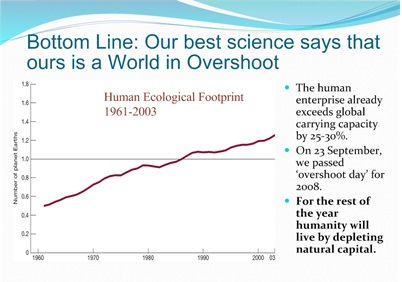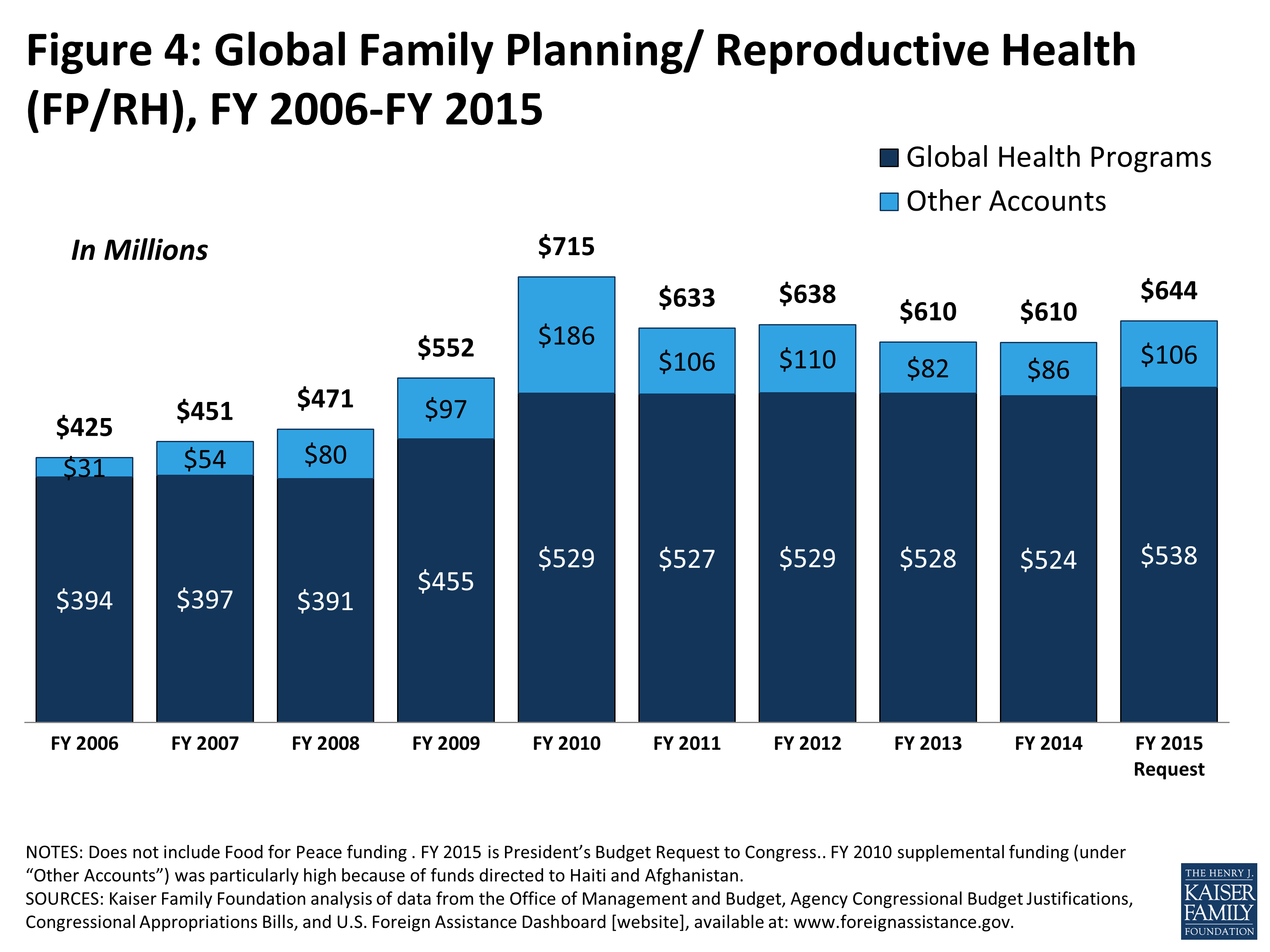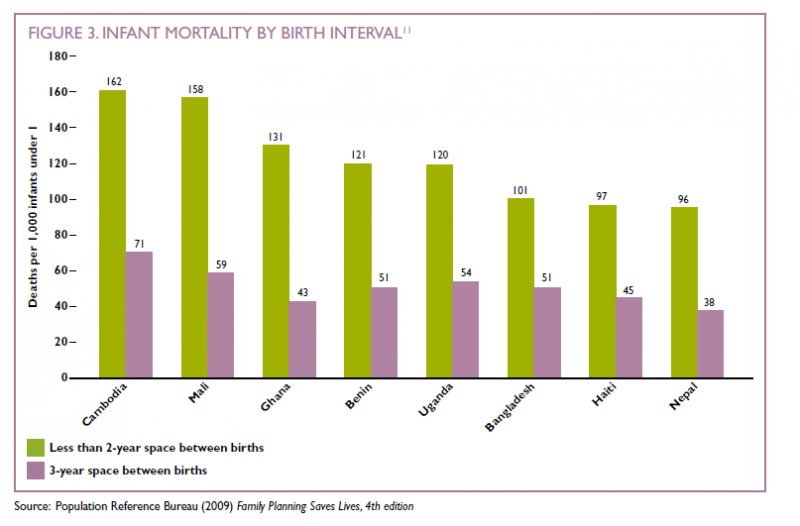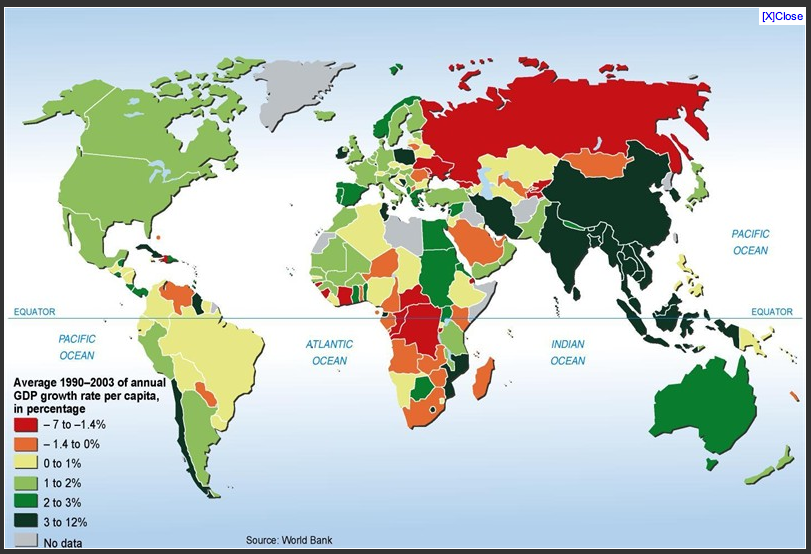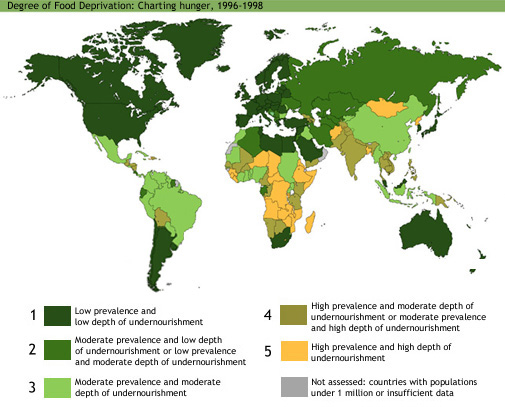A world divided
"… is the idea that the population in the several states is too numerous for the means of subsistence?"
Plato, The Laws, Book IV, 360 BC.
![]()
 “The Civilized … murder their children by producing too many of them without being able to provide for their well-being. Morality or theories of false virtue stimulate them to manufacture cannon fodder, anthills of conscripts who are forced to sell themselves out of poverty. This improvident paternity is a false virtue, the selfishness of pleasure.”
“The Civilized … murder their children by producing too many of them without being able to provide for their well-being. Morality or theories of false virtue stimulate them to manufacture cannon fodder, anthills of conscripts who are forced to sell themselves out of poverty. This improvident paternity is a false virtue, the selfishness of pleasure.”
― Charles Fourier, (1772-1837)
![]()
Ernst Mayr & Population thinking
![]()
We ask a central question in this class:
if the world's population is too large for the planet's capacity to sustain basic human needs for all its inhabitants, how do we know that, and what are the indications that this assumption is correct or incorrect?
• Understanding population growth and decline in a world of over seven billion people is both timely and revealing because we have no margin for error.
• As Garrett Hardin suggested, "environment has a limited carrying capacity for living things," and "All persuasion takes place through coercion." 1.
• We can no longer afford innocence as an excuse as McKibben has argued believing "this is still an empty country. . . is a delusion."
pp. 171-172.
Indicators of the decline in carrying capacity:
- extent of hunger and malnutrition: "There are 805 million undernourished people in the world today." WFP, 2014
- disease or morbidity rate increases
- infant mortality rates increase
- high mortality high migration rates
The closing subjects covered in the course are:
![]()
What determines the worlds' and a nation's carrying capacity and to what extent do the impacts cumulatively degrade the enduring and renewable features of a region?
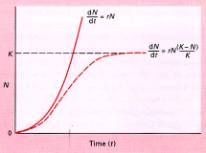 To effectively investigate these two related questions we examine reasons for population migration in China and India as developing societies, and a spread of global instability due to uneven development such as in Syria; an undeveloped nation at war. A key to answering both questions is population dynamics in the developed world such as Germany, Japan and France. We compared population pyramids revealing the dynamic structure of changes in a nations cohort sizes over generations.
To effectively investigate these two related questions we examine reasons for population migration in China and India as developing societies, and a spread of global instability due to uneven development such as in Syria; an undeveloped nation at war. A key to answering both questions is population dynamics in the developed world such as Germany, Japan and France. We compared population pyramids revealing the dynamic structure of changes in a nations cohort sizes over generations.
By doing so, the class has defined several competing means to measure, assess, and explain data pertaining to density of the population as one of the facets of land use, consumption, fertility, total fertility measures, and wealth. The Population Reference Bureau tracks the relation of the income disparity and the wealth gap in health. In a different context Bill McKibben has pointed out that the Carrying Capacity Network, and advocacy group, with a dubious record on "immigration" has nonetheless published "useful articles about dwindling energy supplies, soil erosion, grain yields." In one pertinent article to understanding a refined look at carrying capacity one of thier authors contends that population growth rates and wealth disparity are related.
(p. 165)
In addition to discussing migration, population dynamics and economy, through an introducing the practice of using numerate analysis of geographical patterns of population dispersal, we will now explore demographic problems from a cross-boundary perspective. McKibben reminds us that "The reporter Nicolas Kristof notes that 2.9 million humans lack proper sanitation. That's half the people on this planet."
[1990, p. 167].
McKibben notes "And yet the facts of our environmental predicament are hard ones."
"This is a moral question, but it's also a math problem."
McKibben, p. 170.
We describe and critique conflicts generated from population growth in developing societies, globalization versus regionalism, and inequality through the application of research methods to elucidate these social and ecological science problems.
How can we now explain what Mckibben and Hardin mean?
We start by determining what is meant by:
geographies of wealth, the relation of health to wealth, the number of physicians, mortality rates, and the Human Development Index
- home size in 1973 a home in US averaged 1,525 sq. feet; 2010 this was 2,169 sq. feet.
- income inequality – reveals the social stratification in a nation.
- ghost acreage demands – shows we use more acres than we actually occupy.
Home in rural India. "An American uses seventy times the energy as a Bangladeshi." McKibben, p. 107.
German home with solar electric roof panels.
Space is not limiting, Hardin argues.
There are various ways to measure space starting with home area, immediate occupancy needs, or population density.
Nation home size
personal area
measure
density
inequality
Australia 2,303 960 square feet
3 30.5 USA 2,164 832 square feet
32 45 Canada 1,948 779 square feet
3 32.1 Germany 1173 587 square feet
228 27 United Kingdom 818 356 square feet
259 34 China 646 215 square feet
140 41.5 Hong Kong 484 161 square feet
6,480 53.3 Source: http://shrinkthatfootprint.com/how-big-is-a-house
Density is in square kilometers, est. for 2012.
There are aspects of health that may reveal limiting factors:
Reproductive health, The Norwegian government insists that "Sexual and reproductive rights are not just fundamental human rights, they are also crucial in relation to the promotion of women’s rights and economic development for society as a whole."
Reproductive health services are critical to the health of women and children worldwide.
The number of physicians per people
Nations
Number of physicians per 10,000
1. Monaco
70.6
2. Cuba
67.2
3. Niue
60.0
4. San Marino
48.8
5. Austria
48.6
6. Russian Federation
43.1
7. Georgia
42.4
8. Norway
41.6
9. Switzerland
40.8
10. Spain
39.6
11. Andorra
39.1
12. Sweden
38.7
13. Australia
38.5
14. Kazakhstan
38.4
15. Italy
38.0
USA
24.2
World Average
13.9
Mortality rates are indications of limiting factors and carrying capacity.
The relation of the frequency of births and infant mortality rates due to spacing of births that require family planning:
"When an adolescent girl or woman has a baby too soon after a previous birth, it is dangerous for the mother and the infant."
The cost of sustaining environmental services as a means of not transgressing the carrying capacity of regions.
Human Developmen Index as a measure of comparative wealth
Through its annual Human Development Report (HDR) and Human Development Index (HDI), the United Nations Development Programme has, since 1990, contributed to highlighting how well the countries of the world are faring in three fundamental aspects of human development: life expectancy, education and standard of living.
The ranking above is adjusted for inequality, and thereby indicates the extent to which a country’s development is affected by inequality.
Norwegian Contributions to UN programs.
Each of these indicators are refined examples of estimating impact.
Estimating the impact of consumption and population growth is part of the data needed to understand the extent of the intervention needed to restore the carrying capacity for people in marginal or desperate conditions.
Evaluating Hardin, McKibben, and Sanger.
November
11 Fertility control is not population control,
Women may be the key to understanding limiting factors, carrying capacity and measures of well-being.
13 √ Essay exercise: Writing Coherent Papers.
18 Family planning 2; What did the Chinese do? McKibben pp. 44-50, 107-108. 204-206.
20 √ "So did it teach us anything?
Siry, 7 A Pyramid of Numbers, Hardin, pp. 99-140. (Post to Wiki).
“Using his burgeoning intelligence, this most successful of all mammals has exploited the environment to produce food for an ever increasing population. Instead of controlling the environment for the benefit of the population, perhaps it's time we controlled the population to allow the survival of the environment.”
― David Attenborough
![]()
21 Due "Population debate" on Sanger and based on all authors is due 2d Essay.
25 How is India growing up? McKibben, pp. 67-68, 74-75,106-108, 206-208. The loss of demographical perspective.
What is a Demographical Perspective? Understanding area as necessary to sustain consumption and density as measured by ghost acres needed to assimilate waste and recover renewable capacities of landscapes, watershed, and vegetation.
The Wiki site for examples has over ninety entries on population topics.
Siry 8 Gender Determination, &
"population thinking" as the basis for social conditions.
27 Thanksgiving holiday, no class
December
2 Reports – Is Hardin's challenge realistic?, prepare a three minute presentation to analyze selected passages from Hardin. "Commonize costs and privatize profits-but don't tell anyone. This has been a formula for success for centuries." Folly (1985)
4 Reports – Food & nutrition, the costs of agriculture and environmental impacts. Prepare a four minute presentation to contrast analyzed passages from McKibben with Hardin. How do they differ?
9, Tuesday, Final Exam 2-4 PM. You stay for the entire 2 hours.
![]()
Primary sources:
Jonathan Swift, see notes here
Thomas Malthus, see this index, Thomas Malthus 1798
Margaret Sanger, see notes here
Charles Fourier was the son of a wealthy cloth merchant family and worked in sales of silk textiles all his life beginning in Lyon, France. He was without a formal education but became a self-taught utopian socialist who opposed Malthus, Bentham, Smith and other British thinkers of the Enlightenment. He was an advocate of communes and sexual liberation as he viewed his society as hopelessly repressed and workers denigrated by their tediously specialized and rapidly industrializing working conditions. By rejecting the prevailing patriarchy of his times, " Fourier was also a radical feminist. He considered the position of women in his society as a form of slavery. In one famous passage, he set it down that the level of any civilization could be determined by the extent to which its women had been liberated." (19th Century Utopian Socialists: early phase).
A Population Course Described
ENV-205.H1 World at Seven Billion
T-Th; Bush 202 J. V. Siry Ph.D.
2:00 PM - 3:15 PM 407-646-2648.
![]()
Class time is important for all of us to learn as a group and to excel as individuals interested in improving your skills, enhancing comprehension, and practicing formulating arguments, so always listen carefully to others.
So arrive on time, with the assigned readings completed, and a readiness to write about the key concepts from the readings (often posted on the web site that accompanies the course). Classes usually include free writing, group discussion, and computer work; so do come prepared to express your understanding or misunderstandings of what the assigned readings have meant and the questions these authors raise.

